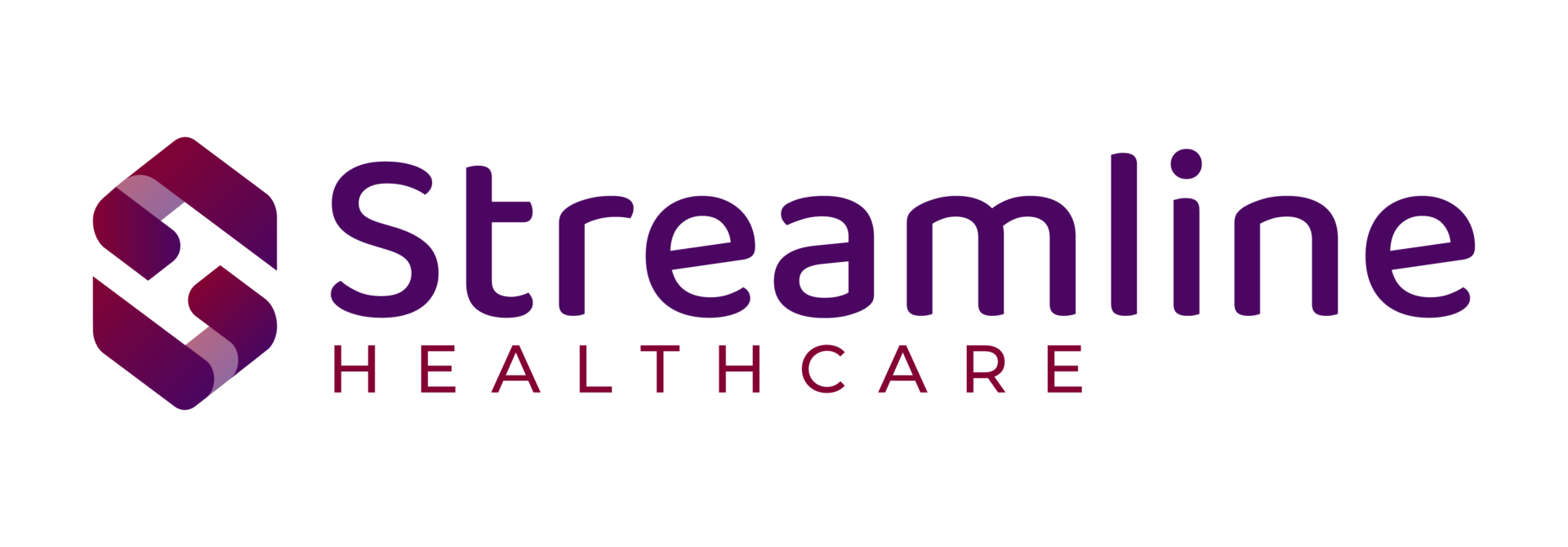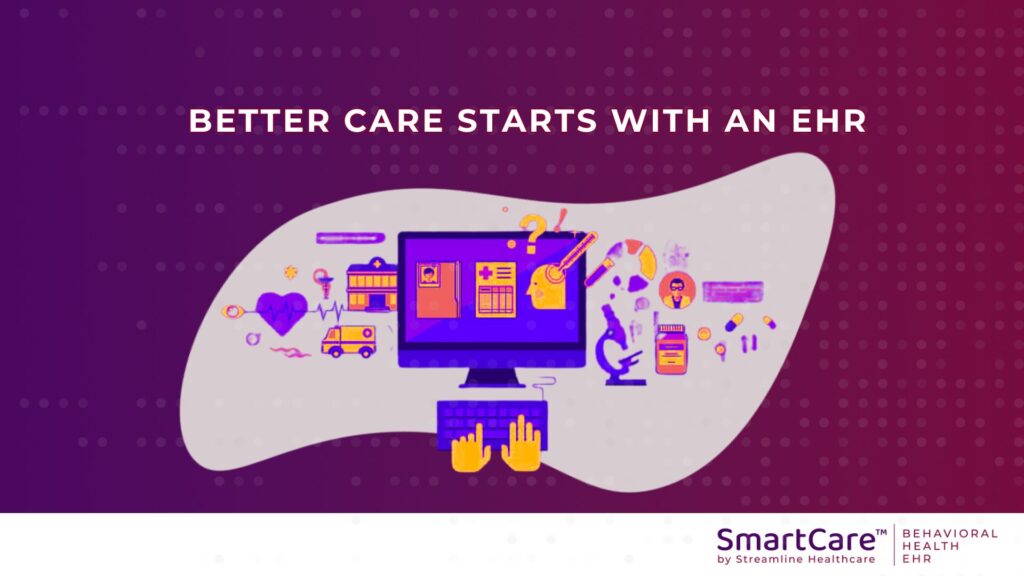According to an analysis by OPEN MINDS, funding for behavioral health in general, and spending by Medicaid in particular, has increased significantly in the past decade. The challenge for providers is how best to invest the additional money to address the myriad challenges that helped spur the increases.
According to U.S. Behavioral Health Spending: A 2023 OPEN MINDS Market Intelligence Report (subscription required), behavioral health spending increased to $329 billion in 2022, a 94% increase over 2012 in nominal dollars and a 56% rise on an inflation-adjusted basis. The largest increase among payers was for Medicaid at 111%.
While the increase in funding is welcome, in many ways it is simply helping providers, particularly non-profit ones, keep pace with the growing challenges, including rising demand for services, shortages of workers in key areas, and the increasing complexity of providing and reporting on services.
Challenge #1: Rising Demand
Much of the increase in spending will simply help providers invest in facilities and operations to keep up with the rising demand for behavioral health services among the population. The most recent annual survey by the Substance Abuse and Mental Health Services (SAMHSA) shows a significant increase in the percentage of people reporting mental health issues over the same period, including an 83% rise among those aged 18-25.
Challenge #2: Workforce Shortages
Behavioral Health providers continue to struggle with workforce shortages. Turnover rates at behavioral health facilities are averaging 31.3% in 2022, according to research by Hospital & Healthcare Compensation Service (HCS) quoted on OPEN MINDs. To help, providers are investing in innovative strategies to attract and retain talent, from referral and signing bonuses to more aggressive recruiting efforts to increased training.
Challenge #3 Increasing Complexity of Providing Care
Providers are challenged to not only provide more care but in many ways to also provide more complex care.
A significant portion of the increase in funding for behavioral health has come in the form of grants under the Certified Community Behavioral Health Clinic (CCBHC) initiative. For example, the Federal government last year announced further funding increases, including nearly $300 million for new and existing CCBHCs.
CCBHC grant money comes with the requirement that providers make the investments needed to collect and report on over 30 Clinical Quality Measures (CQMs).
While the use of telehealth for physical healthcare has declined since the Pandemic peak, it has remained steady for behavioral health visits, which in 2022 accounted for almost 60% of all telehealth visits. Providers are investing in telehealth, or virtual care, as a long-term solution. Beyond the required technology, providers are also investing in processes and operations to deliver care both virtually and in person based on whichever option is most appropriate.
Streamline and SmartCare™
Since 2003, Streamline Healthcare Solutions has focused exclusively on Behavioral Health and Human Services. We understand people choose this work out of a deep desire to help others. We partner with our customers to provide innovative technology solutions that help them advance the lives of those they serve.
Streamline’s SmartCare™ is a true enterprise Electronic Health Record (EHR) platform that sets a new standard for Behavioral Health EHRs. Its dependability and stability provide organizations with the control they need to succeed in today’s complex environment, while its flexibility enables them to transform the way they provide care to meet the exciting promise of tomorrow.
Request a demo today and learn how SmartCare™ can support your organization.




